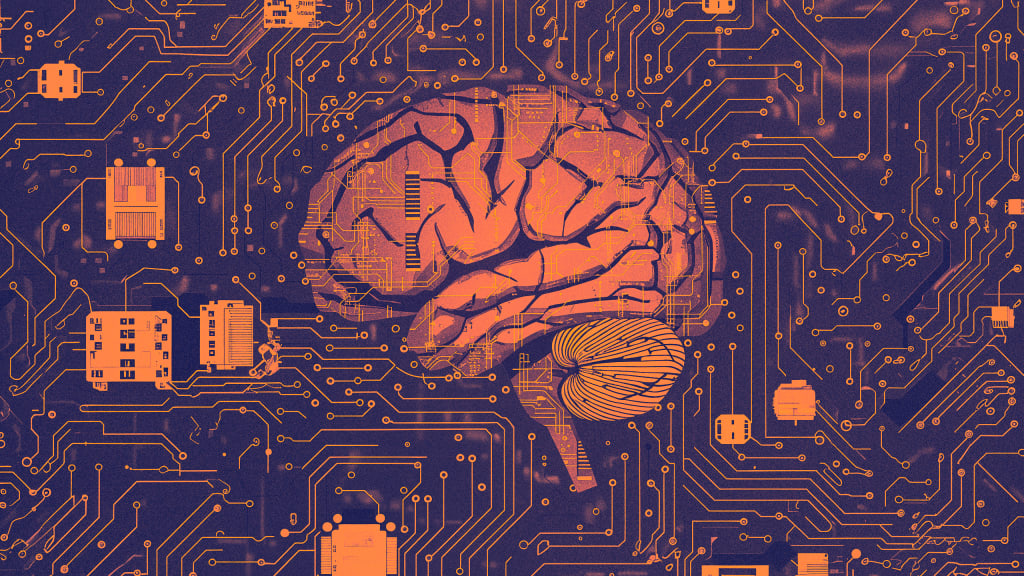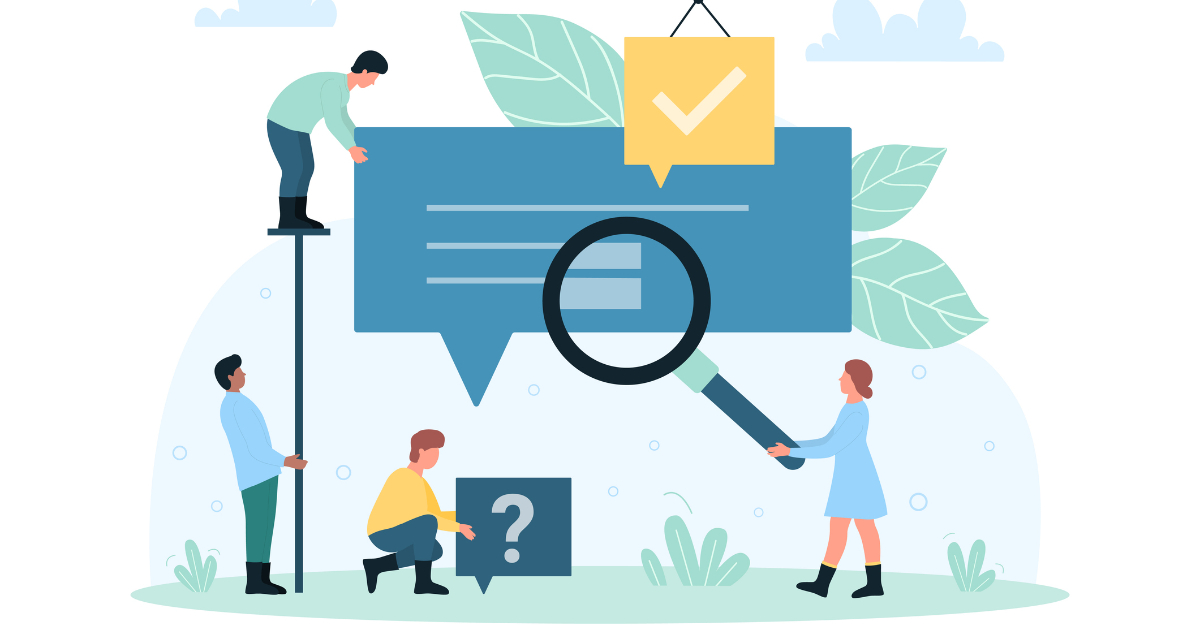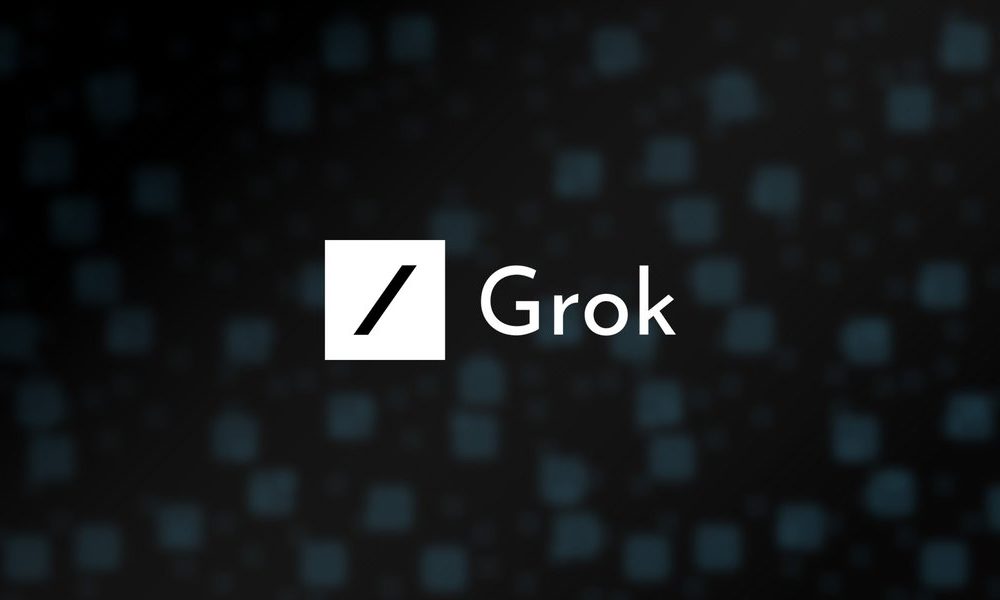If you’ve worried that ai might take your job, deprive you of your livelihood, or maybe even replace your role in social, it probally feels good to see that that latest ai tools fails. If ai recommends glue as a pizza topping, then you’re safe for another day.
But the fact remains that ai alrady has definite advantages over even the most skilled humans, and knowing where these advantages arise -nd where they they do’t key to adapting to adapting to the ai-infused thing.
Ai will often not be as effective as a human doing the same job. It Won’T Always Know More or Be More Accure. And it definite But it may still be used whenever it has an advantage over humans in one of four dimensions: Speed, Scale, SCOPE and Sophism. Undersrstanding these dimensions is the key to understand ai-human replacement.
Speed
First, speed. There are tasks that humans are perfectly good at but are not brought as fast as ai. One example is restoring or upscaling images: taking pixlated, noisy or blurry images and making a crisper and higher-resolution version. Humans are good at this; Given the right digital tools and enough time, they can fill in Fine details. But they are too slow to efficiently process large images or videos.
AI models can do the job blazingly fast, a capability with important industry applications. AI-Based Software is used to enhance satellite and remote sensing data, to compress video files, to make video games run better with cheaper hardware and less Robots Make The RILP Movements, and to Model Turbulence to Help Build Better Internal Combusation Engines.
Real-time performance matters in these cases, and the speed of ai is Necessary to enable them.
Scale
The second dimension of AI’s Advantage over Humans is Scale. Ai will increase be used in tasks that humans can do well in one place at a time, but that ai can do in millions of places of places of place simultaneously. A Familiar Example is ad targeting and personalization. Human marketers can collect data and predict what types of people will respond to certain advertisements. This capability is important commercially; Advertising is a trillion-dollar market globally.
AI models can do this for every single product, tv show, website, and internet user. This is how the modern ad-tech industry works. Real-time bidding markets price the display ads that appear along the websites you visit, and advertisers use ai models to decide when they they want to pay that price-meaning of time.
Scope
Next, Scope. AI can be Advantageous when it does more things than any one person could, even when a human might do better at any one one of that. Generative AI Systems Such as chatgpt can enjoy in conversation on any topic, write an essay essay espouseing any position, create poetry in any style and language, Write Computer Code in Any Programming Language Language Language, and more. These models may not be superior to skilled humans at any one of these things, but no single human could outperform top-tier generative models across them all.
It’s the combination of these competencies that generates value. Employers often Struggle to Find People with Talents in Disciplines Organizations are likely to containue to relay on human specials to write the best code and the best persuasive text, but they will increasely be satisfied with ai when necessary Eather.
Sophism
Finally, sophistication. AIS Can Consider more Factors in their decisions than humans can, and this can endow them with superhuman performance on specialized tasks. Computers have long been used to keep track of a multiplicity of factors that compound and interact in ways more complex than a human could have trace. The 1990s Chess-Playing Computer Systems Such as Deep Blue Succeded by Thinking a Dozen or More Moves Ahead.
Modern AI Systems Use A Radically Differend Approach: Deep Learning Systems Built from Many-Layred Neural Networks Take Account of Complex Interacts -Often Many Billions-Hey Billion Factors. Neural Networks Now Power The Best Chess-Playing Models and Most Other AI Systems.
Chess is not the only domain where eschewing conventional rules and formal logic in favor of highly sophisticated and inscrutable systems have generated process. The stunning advance of alphafold2, the ai model of structural biology whose creators demis hassabis and john jumper was recorded with the nobel prize in Chemistry in 2024, is another example.
This breakthrough replaced traditional phasics-based Systems for Predicting How Sequences of AMINO ACIDS would fold fold into three-dimensional shapes with a 93 million-paarameter model, honation thoughtsn Account for physical laws. That Lack of Real-World Grounding is not desirable: no one likes the enigmatic nature of these AI Systems, and Scientists are eager to undersrstand better how they work.
But the sophistication of ai is providing value to scientists, and its use across scientific fields have grown exponentially in recent years.
Context matters
Thos are the four dimensions where ai can excel over humans. Accuracy Still Matters. You wouldn’t want to use an ai that makes graphics look glitchy or targets ads randomly – Yet accuracy isn’t the differentiator. The AI does not need superhuman accuracy. It’s enough for ai to be merely good and fast, or adequate and scalable. Increasing Scope often Comes with An Accuracy Penalty, Because ai can generalize poorely to truly novel tasks. The 4 S are sometimes at odds. With a Given Amount of Computing Power, you generally have to Trade off scale for Sophism.
Even more interestingly, when an ai takes over a human task, the task can change. Sometimes the AI is just doing things differently. Other Times, AI Starts Doing Different Things. These changes brings new Opportunities and New Risks.
For example, high-frequency trading isn’t just computers trading stocks faster; It’s a fundamentally different kind of trading that enables, entrely new strategies, tactics, and associateed risks. Likeweise, AI has developed more sophisticated strategies for the games of chess and go. And the scale of ai chatbots have changed the nature of propaganda by allowing artificial voices to overwhelm human speech.
It is this “Phase Shift,” when changes in degree may transform into changes in kind, where ai’s impacts to social are likely to be most keenly felt. All of this points to the places that ai can have a positive impact. When a system has a bottleneck related to speed, scale, scaope, or sophistication, or when one of these factors poses a real Barrier to Being Able to ACCOMPLISH A GOAL, IT MAKES SENSE SENSE TO THE MAKES SENKE SENKE SENKE SENSE to Cold help.
Equally, when speed, scale, scope, and sophistication are not primary barriers, it makes less sense to use ai. This is why AI Auto-Sugged Features for Short Communications Such as Text Messages Can Feel So Annoying. They offer Little Speed Advantage and No Benefit from Sophistication, While Sacrificing The Since Sincerity of Human Communication.
Many Deployments of Customer Service Chatbots also Fail this Test, which may explain their unpularity. Companies Invest in Them decision of their scalability, and yet the bots often become a barrier to support rather than a speedy or sophisticated problem-salyver.
Where the advantage lies
Keep this in mind when you encounter a new application for ai or consider a replacement for, or an augmentation to, a human process. Looking for Bottlenecks in Speed, Scale, Scope, and Sophistication Provides a Framework for Undersstanding Where Ai Provides Value, And Equally Where the Unique Capabilities of the Human SPACIES GIVEN SPECIES Enduring Advantage.
Bruce schneier is an adjunct lecturer in public policy at the harvard kennedy school,
Nathan sanders is an affiliate at the berkman klein center for internet & social at Harvard University,
This article is republished from the conversation under a creative commons license. Read the original article.
The final deadline for fast company’s next big things in tech awards is Friday, June 20, at 11:59 PM pt. Apply today.











